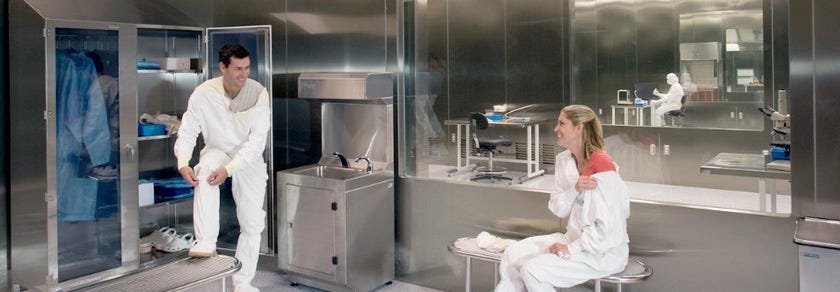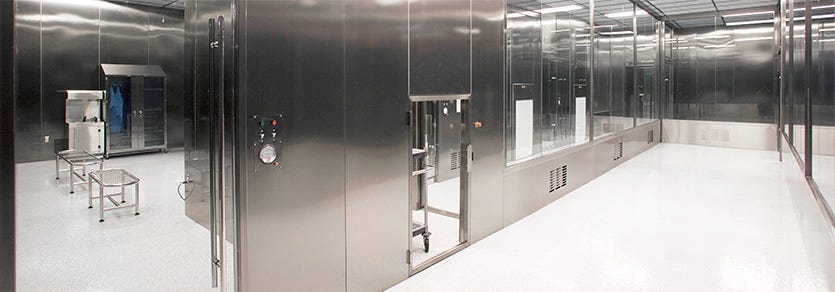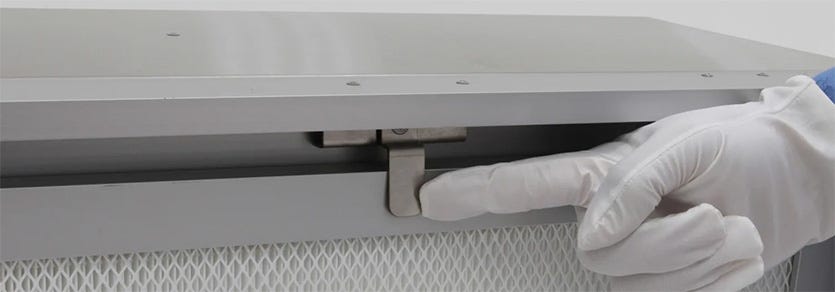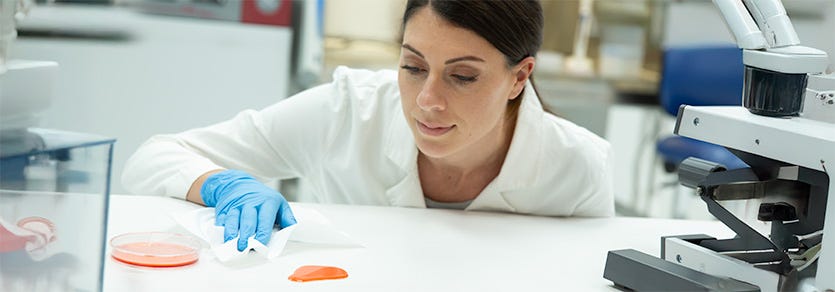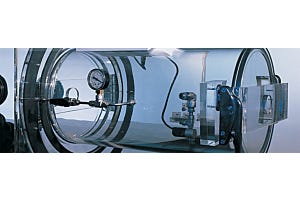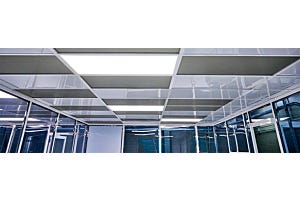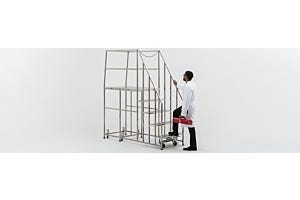- +1 (714) 578-6100
Mon-Fri, 7am - 6pm PST
Cleaning, Decontamination, Sterilization
- Read more »In the age of "superbugs" and antimicrobial-resistant bacteria, modern disinfection protocols will face continued scrutiny. prompting many to consider the integration of Ultraviolet C (UVC) technology. General disinfectants, while effective in many scenarios, exhibit notable shortcomings. In the current realm, confronting hard-to-kill bacteria and spores typically relies on aggressive high-powered sterilants, oxidizers, and denaturants in liquid or vapor forms.
- Read more »
In commercial settings, chemical sterilants should always be handled and stored with care. Special protective equipment and environmental controls are required to protect workers from direct exposures, as well as environmental exposures that occur due to the presence of fumes, residuals on surfaces, or contaminated garments.
- Read more »Cleanroom environments often require aggressive, if not extreme decontamination measures to ensure sterile-grade conditions that are needed for packaging, preparing, and compounding of sterile and non-sterile products. The article explores the various types of chemical sterilants and disinfectants commonly used in cleanroom and healthcare environments. We will examine their classifications, efficacy, and the different types of antimicrobial agents employed. Additionally, we will discuss the additives used in sterilants and disinfectants, as well as provide a comprehensive list of cleanroom and healthcare disinfectants, sanitizers, and sterilants, along with their specific uses.
- Read more »
Cleanrooms require distinct approaches at different decontamination stages including cleaning, sanitation, disinfection, and sterilization. Each procedure involves similar yet distinct methodologies to address specific contaminants, particles, and microbial burdens among various enclosures, surfaces, and equipment. In cleanroom environments, it is imperative that all cleaning supplies meet the cleanroom-rated standards corresponding to the ISO rating of the specific area.
- Read more »
This article defines and contrasts the differences between cleaning, sanitation, and disinfection. Herein, we'll examine the following topics regarding cleaning, sterilization, and disinfection in cleanrooms, hospitals, pharmacies, and other controlled environments:
- Read more »
tainless steel is a key material in cleanrooms and other controlled environments due to its resistance to corrosion and ability to be easily cleaned and sterilized. However, stainless steel must be properly cleaned and maintained to ensure its long-term durability and performance.
In this post, we will discuss stainless steel cleaning methods and techniques, as well as some tips on effectively cleaning and maintaining stainless steel surfaces.
- Read more »
ULPA filtration vacuums are an indispensable tool when staring down challenging or potentially hazardous spills and messes in a laboratory or production environment. The most formidable of these messes typically include hazardous, poisonous, irritating, or nausea-inducing dust and powders that are fine enough to be aerosolized and distributed through the air as. To prevent aerosolized particle generation during cleanup and removal, specialized HEPA or ULPA vacuums are used to remove, capture, and contain these substances before safely disposing of them.
- Read more »
As humans are the primary source of contamination in cleanroom and lab environments, cleanroom-compliant hand washers, sinks and hand dryers play a critical role in reducing bioburden and viable particle counts within sterile spaces.
- Read more »
When searching for "True" HEPA filters, H13, or IEST rated HEPA filters, not all classifications of HEPA filters are created equal. There are numerous groups and classifications that further distill HEPA performance ratings into more specific performance categories.
Terra’s HEPA and ULPA filters are specially designed for use in cleanrooms, labs, and precision assembly areas. They come in a wide range of sizes for use in Terra work stations, cleanrooms, and many other applications. They can also be used as final filtration in standalone purification systems.
- Read more »
Check out our list of Dos and Don’ts in a cleanroom, a summary of cleanroom best practices for making the controlled environment function at peak performance. These are good resources for new cleanroom operators or those unsure about what steps to take in a cleanroom environment.





